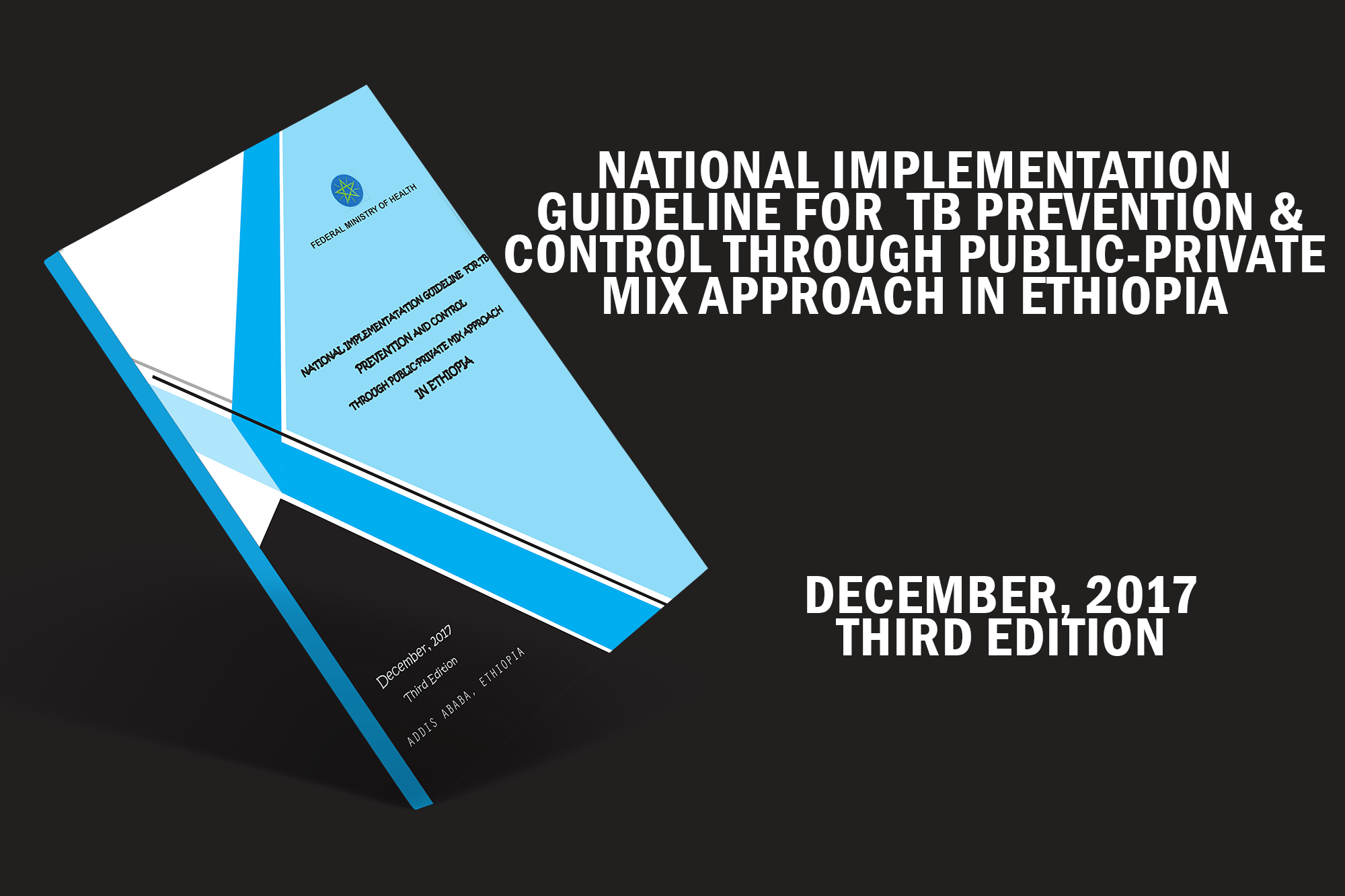TB and HIV co-infection is an additional problem in the control of TB in the country whereby 8.0% of annually notified TB patients was found to have HIV co-infection. In a major milestone for the history of TB control, in May 2014, the End TB Strategy was adopted by the World Health Assembly of WHO. The End TB Strategy highlights that if we continue with business as usual, ending the TB epidemic will remain a long distant dream. PPM DOTS initiative is something that cuts across the three pillars and the 10 components of the new strategy. Though TB control efforts in Ethiopia have improved significantly in the past decade with the expansion of the Directly Observed Treatment Short-Course (DOTS) model; and TB prevalence and mortality rates have declined in recent years; there are still higher targets to be met. Ethiopia has achieved the millennium development goals for TB in 2015 and adopted new post-2015 Global TB Strategy called End TB strategy.
This strategy aims to end the global TB epidemic with targets to reduce TB deaths by 95% and new cases by 90% between 2015 and 2035. The global strategy also targeted to ensure that no family is burdened with catastrophic expenses due to TB. Both the WHO and the Federal Ministry of Health (FMOH) have long recognized that TB control is a challenge for public- health sector in high burden TB countries to manage effectively with its limited resources and coverage.








